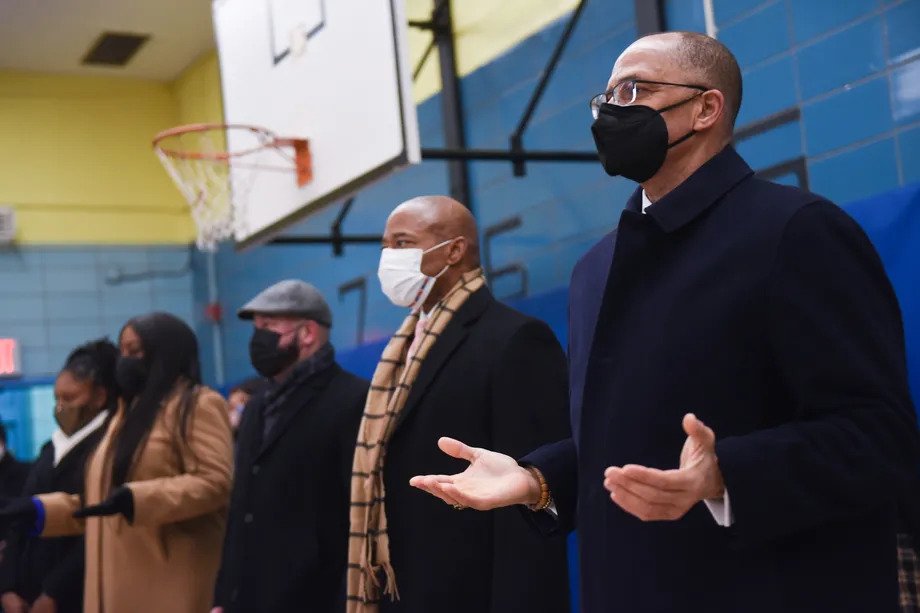Schools Chancellor David Banks Will Likely Shift Course on Gifted Programs’ Overhaul

Last year, with just three months left in his tenure, former Mayor Bill de Blasio announced one of his most controversial education proposals: to phase out the city’s highly coveted gifted and talented program for elementary schoolers, which often segregate students by race and class.
Instead, the city vowed to replace it with a new, yet-to-be-defined model available to every student.
The promised changes kicked off a flurry of engagement sessions with parents and educators in each of the city’s 32 school districts. The city convened an expert panel and reviewed reams of research. Education Department leaders put it all together into a 32-page vision, called Brilliant NYC, for a more inclusive approach to gifted education in which a single test given to preschoolers would no longer be the gatekeeper for admissions.

Brooklyn Boro
View MoreNew York City’s most populous borough, Brooklyn, is home to nearly 2.6 million residents. If Brooklyn were an independent city it would be the fourth largest city in the United States. While Brooklyn has become the epitome of ‘cool and hip’ in recent years, for those that were born here, raised families here and improved communities over the years, Brooklyn has never been ‘uncool’.